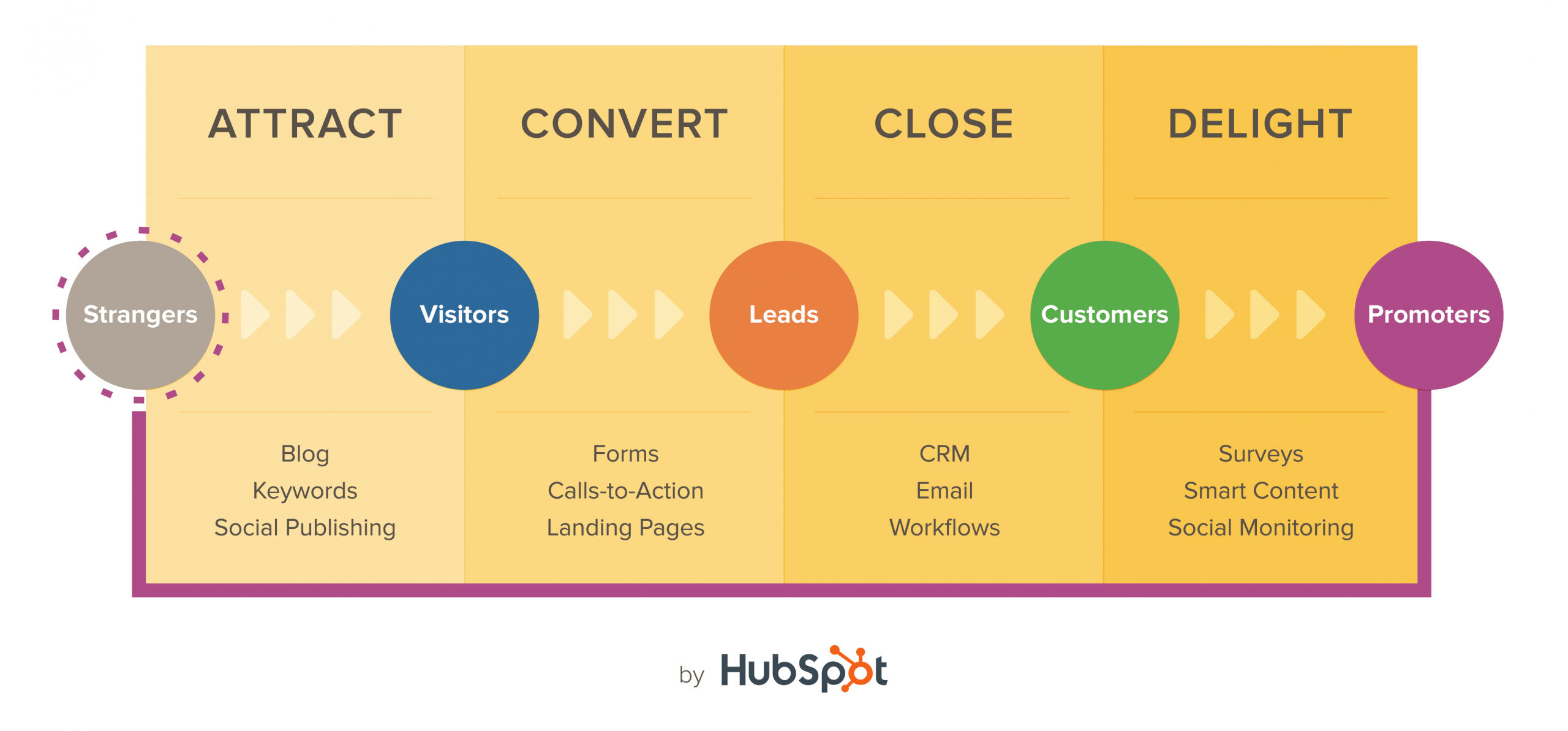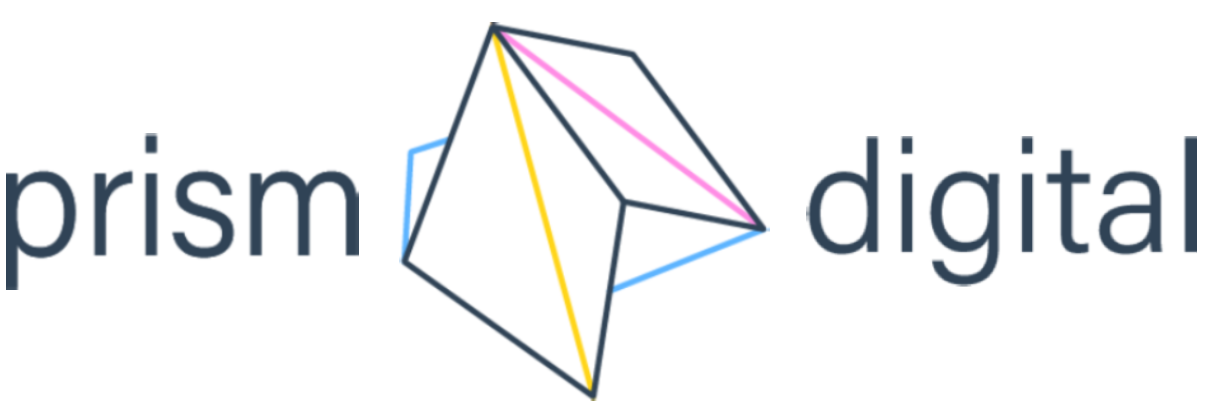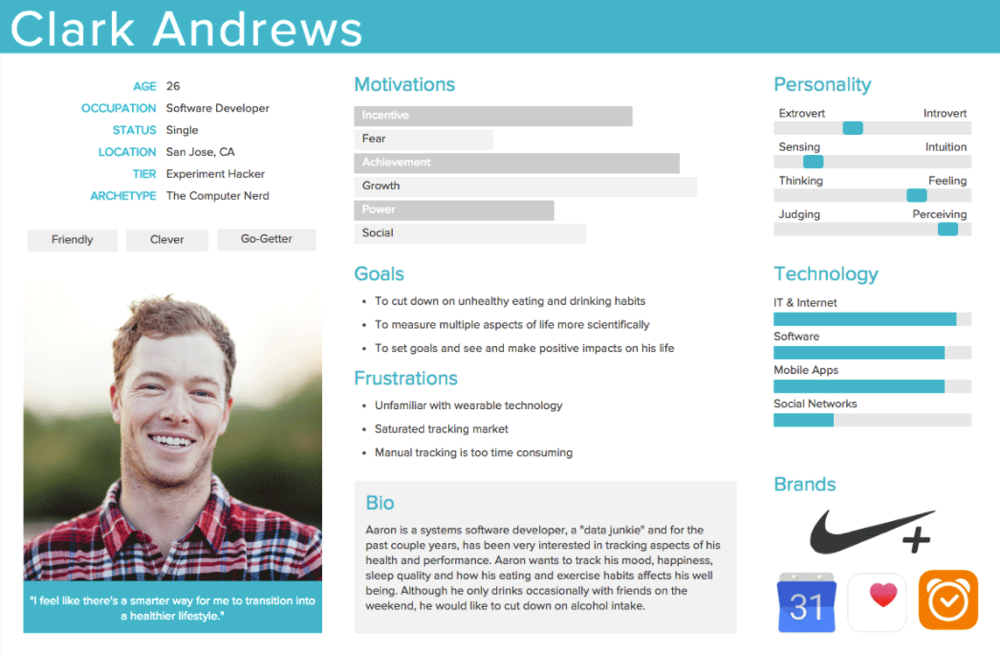Marketing personas definition
Google defines marketing personas as, ‘fictional profiles that represent groups of similar people in a target audience.’ Based on research, companies create buyer personas to represent particular segments of their market, allowing them to better understand the needs and wants of their customers and do a more efficient job of appealing to their needs.
As we’re sure you know, effective marketing campaigns must be tailored towards the right people; buyer personas are a crucial tool in this. Without personas:
- How do you know which message your target market wants to hear?
- Or which platform to reach them on?
- Or what to write about in your content pieces?
- Or how to talk to your audience on social media?
Let’s dive right in and check out the steps you can take to use personas in your marketing.
3 steps to creating marketing personas
Step 1: Conduct a qualitative analysis
First, you’ll need to define your target audience’s general makeup. For example: “working moms” or “gadget enthusiasts over 35.” Then, it’s time for audience research. In our opinion, the most effective way to do this is good old-fashioned customer interviews! Although surveys and focus groups can be equally as effective. At this stage, the main aim of the game is to learn as much as you can about them:
- What are their favorite pastimes?
- Do they have professional and personal ambitions?
- What worries them?
- Do they share similar attitudes toward life?
- What items could they not live without?
- What does their typical day look like? Etc.
Finally, hone in on how they currently go about solving the problem that your product or service is designed to solve. You could also take this opportunity to gain some marketing insights by asking your audience what drives them to try a new product or service.
Step 2: Look for patterns
It’s time to get organized! Start by grouping people together who had similar responses during the interview phase. Then create a fictional audience persona to represent each group.
For example, a gym catering to women might use these personas: the busy mom who puts her children above all else, the fun-loving party girl who hates early morning classes, and the influencer who wants to look great in a bikini. In reality, most people possess a variety of characteristics. For this exercise, you’re grouping people by the most dominant trait they displayed during your audience research.
Next, focus on ‘fleshing out’ each persona—detail their hobbies, goals, anxieties etc. In order to make marketing personas more relatable, it's common practice to assign each persona a photo (or graphic), a fictional first name and a quote that succinctly sums up what they stand for. The gym might use something like this: Vicky, busy mom: “My days are manic. I struggle to find time for myself.”
Here’s a more detailed example from Venngage.
Step 3: Map out you personas’ journey
A journey map is a detailed visualization of the path your personas might take as they discover, buy and use your product or service. The idea behind a journey map is to identify any moments or touchpoints when and where your personas will interact with your brand.
Let’s look at Vicky, the busy mom, and the potential touchpoints on her journey map:
- She’s tidying at home and decides to look for a gym.
- She searches online for gyms.
- She finds a gym in her area.
- She sees the classes available.
- She books a free trial.
- She waits for the day of her first class.
- She meets her gym trainer.
- She does the class.
At each touchpoint, the gym should map out how its business and marketing might interact with Vicky. This includes its search ads, Google Business Page, landing page, and class schedule, as well as how easy it is for Vicky to book a free trial, how long she waits for her first class, her experience with the trainer, and her enjoyment of the class.
HubSpot breaks the inbound marketing process into 4 stages:

- Attract: In this stage you can educate, help and provide value to strangers.
- Convert: Here you want to convert visitors into leads by using a conversion process.
- Close: In this stage you turn a lead into a customer.
- Delight: In the last stage you want to retain a customer and turn them into promoters. Promoters are customers that will continue to positively impact your business in the future.
Get to know your customers
Marketing personas are a highly effective tool for understanding and defining your audience. Get to know them on a deeper level and you’ll be able to drive home a message that appeals to them.
Looking to widen your market reach? Here are 3 things you can do to target a different market segment.
.png?width=200&height=73&name=Logo(1).png)


